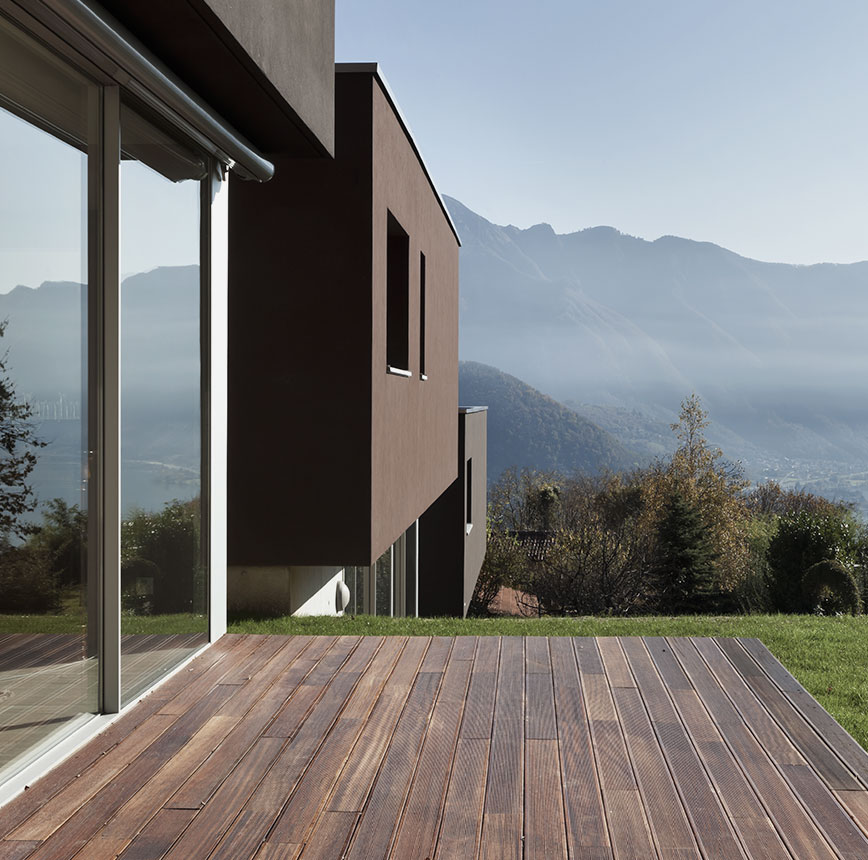Remodeling in Historic Seattle Neighborhoods: What You Need to Know
Seattle’s historic neighborhoods — from the Craftsman-lined streets of Capitol Hill to the storybook Tudors of Queen Anne — are filled with character, charm, and architectural detail that modern builds can’t replicate. But for homeowners looking to remodel these gems, it’s not just about preserving style — it’s about navigating a unique set of challenges that come with age, regulations, and design integrity.
At Malama Design & Build, we specialize in remodeling homes that carry history in their walls. Here’s what you need to know before diving into a remodel in one of Seattle’s historic areas.
1. Check If Your Home Has Historical Designation
Not all old homes are officially deemed “historic.” Some may fall within designated historic districts or be listed in the Seattle Historical Sites database. Others may have protective neighborhood covenants. This designation can influence what you’re allowed to modify — particularly on the exterior.
Exterior elements like windows, siding, and even paint colors may require special approvals or reviews from the Landmarks Preservation Board.
*Pro tip:* Always confirm with the city or your HOA before making changes — even “simple” updates might need formal review.
2. Permits and Paperwork Take Time
Getting permits for historic remodels isn’t a quick checklist. These projects often require additional layers of approval, including architectural reviews and historical impact assessments.
Start early, expect delays, and work with a contractor who understands the city’s process. Planning ahead can prevent costly holdups later.
3. Restore, Don’t Replace — When Possible
Original woodwork, plaster, antique tile, and stained glass are more than just design features — they’re irreplaceable. In many cases, restoration is not only more respectful to the home’s legacy, but also more valuable in
the long run.
That doesn’t mean you can’t modernize. We often pair restored hardwood floors or vintage doors with contemporary lighting, updated kitchens, and energy-efficient systems — striking a balance between old and new.
4. Keep the Neighborhood in Mind
Even if your remodel is mostly interior, be aware that what you do affects the visual rhythm of the street. Seattle’s historic neighborhoods have a flow — think rooflines, porch shapes, and façade symmetry — that can be
disrupted by poorly planned remodels.
When exterior changes are necessary, we design with context in mind, using period-appropriate materials and styles that honor the neighborhood’s character while improving functionality.
5. Older Homes = Surprises Behind the Walls
There’s a reason experienced remodelers always leave room in the budget for “unforeseen conditions.” In historic homes, you’re likely to encounter:
– Knob-and-tube or cloth-wrapped wiring
– Structural settling or outdated framing
– Lead paint or asbestos
– Plumbing from multiple eras of DIY fixes
These surprises are normal — and manageable with the right team. Pre-construction inspections and open communication are key to avoiding major budget or timeline shocks.
6. Choose a Contractor Who Knows Old Homes
Historic remodeling is part art, part science. It requires carpenters who can mill custom trim to match 100-year-old profiles, tile installers who can blend old and new grout lines, and designers who understand how to make
modern updates feel timeless.
At Malama Design & Build, this is where we thrive. We work with homeowners who want to protect what makes their home special — while making it livable, functional, and beautiful for the years ahead.
Remodeling With Respect
Whether it’s a full-scale restoration or a subtle kitchen update, remodeling a historic home is about more than design — it’s about stewardship. It’s about protecting Seattle’s architectural heritage while crafting homes that serve today’s lifestyles.
If you’re ready to breathe new life into your historic space, we’d love to help.
*Let’s build something that honors your home’s past — and shapes its future.*
*Please feel free to contact us to start a conversation — we’re happy to discuss your goals, answer questions, or walk you through the first steps.* Whether you’re just beginning to explore the idea or already have
plans in motion, we’re here to guide you every step of the way.
Related Posts
In today’s competitive housing market, homeowners are discovering...



